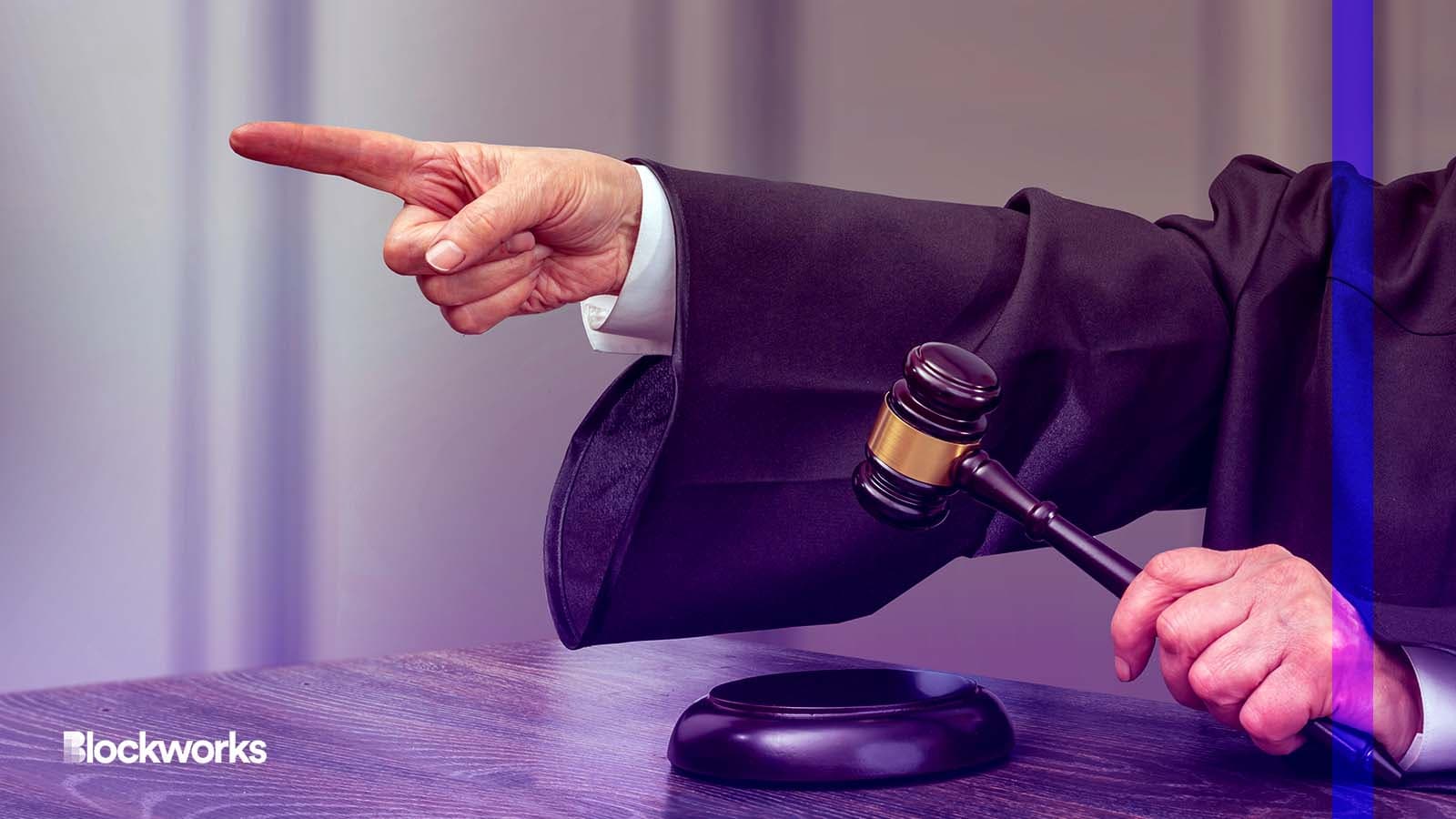Rules in Crypto Are a Good Thing, We Promise
If there had been better rules for custodians in place, the recent wave of collapses and subsequent industry repercussions could have been prevented

TSViPhoto/Shutterstock modified by Blockworks
As the cryptocurrency industry continues to evolve, there is an increasing need for a regulatory framework specifically designed for custodians.
There are very few jurisdictions that mandate that digital assets should be segregated from financial intermediaries via independent custodians, and this must be addressed.
Regulators in key jurisdictions need to outline clear rules and guidelines as to how crypto firms should operate — a framework focused on custodians could have solved many of the issues seen in the last few years.
Why the exchange model for asset segregation is fundamentally flawed
Merely promising to separate client assets on a centralized exchange is not a model that works for the industry; it simply does not bring the transparency required. Crypto exchanges often behave as banks, operating on a fractional reserve model — but crucially, they’re not regulated as banks.
We’ve witnessed many exchange platforms cease operations in 2022, leaving customers with no deposit protection — and we’re still observing this trend in 2023.
When a crypto exchange is used to buy or trade cryptocurrencies, the investor entrusts the exchange to hold those digital assets on their behalf, and therefore bears the risk of their assets being used for purposes which they’re unaware of — as evidenced by the collapse of FTX. In the event of the exchange’s bankruptcy or insolvency, those assets may be at risk.
To mitigate this risk, an investor can separate their digital assets from the exchange (and from any potential commingling with other users’ assets) by using a custodian: a third-party service that specializes in holding and safeguarding digital assets.
If the exchange were to go bankrupt, the investor’s assets held with the custodian would not be affected, as they are not part of the exchange’s assets and so can be retrieved directly from the custodian at any time. This effectively removes customer assets from the reach of general creditors of the bankrupt firm.
Unlike exchanges, custodians prioritize the safekeeping and segregation of digital assets belonging to individuals or institutions above all else.
This specialized nature of custodians reduces the likelihood of custodians becoming bad actors, ensuring a secure environment for investors.
Should a custodian face insolvency, the situation is quite different from that of a failing exchange. As custodians maintain strict asset segregation in compliance with regulatory requirements, the investor’s assets are protected even in the event of the custodian’s bankruptcy.
Having any old regulatory framework vs. having a ‘good’ regulatory framework
The regulatory dialogue that has been playing out since the collapse of FTX shows that simply having a regulatory framework is not enough.
Instead, regulators should focus on building a “good” regulatory framework; one that provides clarity and protection for investors while setting clear expectations for service providers.
Custodians have an intense focus on compliance, risk management, regulation, governance, security and client servicing. These are the fundamental pillars that clients expect, and the principles that have been well-tested across traditional finance.
Teams of risk management and security specialists analyze and assess both internal and external risks to ensure that customer assets are protected. Robust processes and contingency measures are maintained to safeguard clients’ digital assets against external risks, natural disasters, power outages, or other force majeure incidents. In the unlikely event of theft or loss, these processes are supported by an insurance safety net.
If investors feel protected and if service providers know what is expected of them, more institutions will enter the space.
It’s to this end that custodians are calling for regulators to mandate that independent, fully licensed custodians are used for the safekeeping of digital assets.
Setting the gold standard
Investors, including exchanges, now more than ever, need fit and proper due diligence to assess counterparty risk and manage perceived risk by using qualified custodians to segregate and protect their digital assets. The collapse of FTX and its repercussions has highlighted the pivotal role of independent, external, licensed custodians in legally and technologically segregating clients’ assets from the financial intermediary.
2023 could be the year for the progression of crypto regulation.
Custodians are steadfast in their strategic objectives at this critical juncture — to remain focused on compliance, governance, risk management, security and regulation, the fundamental pillars necessary for the future health of the industry.
For governments to successfully regulate the crypto industry and effectively protect investors, their efforts must be directed toward establishing rules that enable custodians to operate transparently and legally. Focusing on punitive measures, excessive anti-money laundering and know-your-customer user requirements or DeFi regulation will not yield the desired outcomes for the industry.
When we shift the spotlight toward the proper regulation of custodians, governments can create a more secure and reliable ecosystem.
Get the news in your inbox. Explore Blockworks newsletters:
- The Breakdown: Decoding crypto and the markets. Daily.
- 0xResearch: Alpha in your inbox. Think like an analyst.






